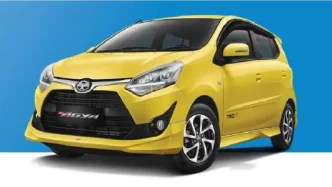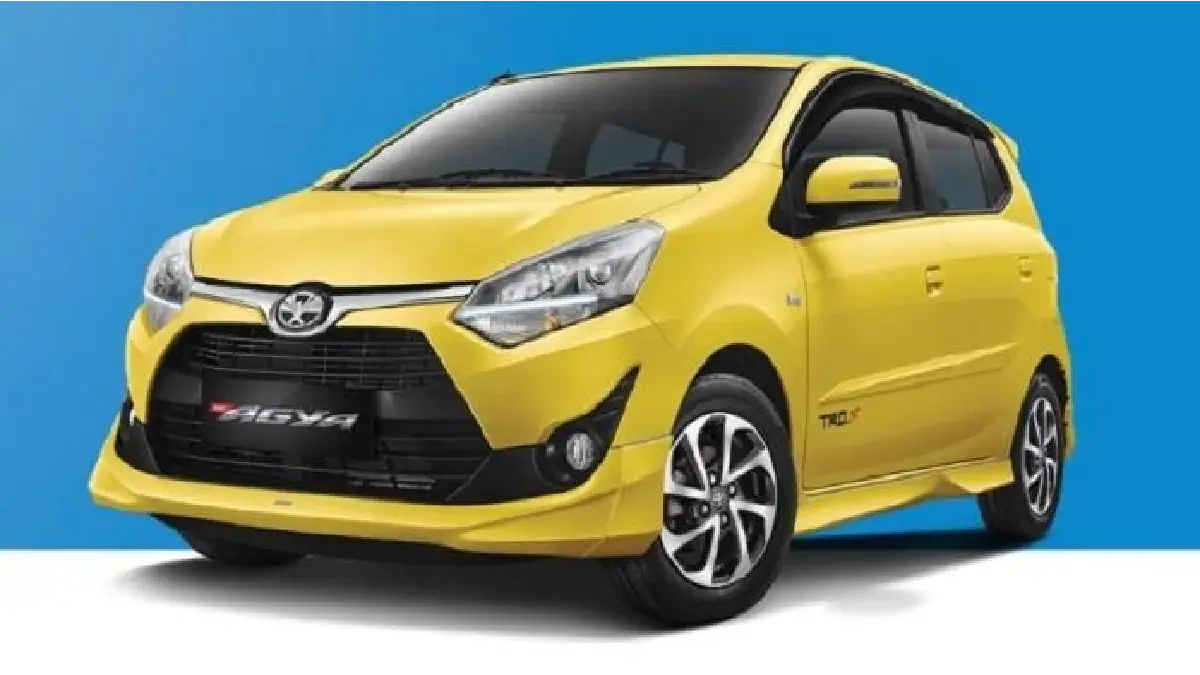In a bid to bolster the struggling automotive sector, Indonesia’s Industry Ministry has announced plans to extend the low-cost green car (LCGC) incentive program through 2031. The decision, aimed at stimulating sales and increasing car ownership, has drawn both support and criticism as it raises questions about the government’s commitment to its ambitious vehicle electrification agenda.
Industry Minister Agus Gumiwang Kartasasmita confirmed the extension on July 12, 2025, emphasizing the program’s success in making vehicles more accessible to the masses and supporting the national automotive industry. However, with car sales declining and experts warning of potential conflicts with the push for electric vehicles (EVs), the policy has ignited a broader debate about Indonesia’s long-term transportation and environmental goals.
A Lifeline for a Struggling Industry
The LCGC program, which offers a significantly reduced luxury goods sales tax (PPnBM) of just 3 percent compared to rates starting at 10 percent and soaring beyond 100 percent for larger or luxury vehicles, has been a cornerstone of Indonesia’s efforts to make cars affordable. The policy targets smaller, fuel-efficient vehicles, positioning them as an entry point for middle- and lower-income families to own a car.
Minister Agus articulated the rationale behind the extension during a statement following his visit to Expo 2025 Osaka, where he engaged with leaders from Japanese automotive giants like Toyota, Suzuki, and Daihatsu. He highlighted the program’s role in providing long-term certainty for industry stakeholders while encouraging domestic production and the adoption of energy-efficient vehicles. The ministry frames the extension as a balanced approach, supporting affordability while navigating the gradual transition to electric mobility.
Yet, the domestic automotive market has faced significant headwinds in 2025. Data from the Association of Indonesian Automotive Manufacturers (Gaikindo) reveals a sharp decline in wholesale deliveries of new cars from factories to dealers, dropping 8.6 percent year-on-year to 374,740 units in the first half of the year. LCGC sales specifically plummeted by 28.5 percent, with only 64,063 units sold to dealers over the same period. Retail sales, reflecting consumer purchases at dealerships, also fell by 9.7 percent to 390,467 units compared to 432,453 units in the first half of 2024.
Against this backdrop of shrinking demand, the decision to extend the LCGC incentives appears as a pragmatic response to immediate economic challenges. However, the move has not been without controversy, particularly as it intersects with Indonesia’s broader environmental and energy transition objectives.
Electrification at a Crossroads
Indonesia has set ambitious targets to electrify its transportation sector as part of a global push to reduce carbon emissions and reliance on fossil fuels. The government has introduced tax breaks and subsidies for EVs and hybrid vehicles to encourage adoption. Yet, the extension of the LCGC program, which primarily supports conventional fuel-based vehicles, has led experts to question whether the policy undermines these electrification goals.
Deni Friawan, an economic researcher at the Centre for Strategic and International Studies (CSIS) in Jakarta, acknowledged the short-term necessity of the incentive amid declining sales but cautioned against its long-term implications. He argued that prioritizing LCGCs could delay the shift to cleaner technologies, suggesting instead that the program be used as a stepping stone toward electrification—potentially by converting LCGCs into hybrid models.
Automotive industry expert Bebin Djuana echoed similar concerns, describing the incentive as a “shortcut” to boost sales that disproportionately benefits only a handful of brands. He emphasized the need to address broader economic pressures affecting consumer spending, such as the recent increase in value-added tax (VAT) to 12 percent at the start of 2025. Rather than focusing on segment-specific incentives, Bebin advocated for measures to stimulate overall demand, such as reducing VAT rates across all car purchases.
Yannes Martinus Pasaribu, a product design lecturer and automotive expert at the Bandung Institute of Technology (ITB), underscored the importance of a holistic approach. He called for ongoing macroeconomic evaluation and regulatory synergy between incentives for LCGCs and electrified vehicles, particularly in affordable segments like hybrid LCGCs, to ensure sustainable growth in the industry.
Market Uncertainty and Policy Inconsistency
Critics of the LCGC extension argue that it reflects a lack of clarity in government priorities, potentially creating uncertainty in the automotive market. Bebin pointed out that the focus on low-cost, fuel-based vehicles might sideline EVs and hybrids, which require greater support to reduce fuel consumption and align with global sustainability trends. He also questioned the relevance of LCGCs in the current economic climate, noting that their prices have risen significantly over the years—from starting prices of around Rp 76 million (~US$4,669) in 2013 to nearly Rp 200 million (~US$12,300) today—while demand remains sluggish, with sales dropping 50 percent year-on-year to just 7,762 units in June 2025, according to Gaikindo data.
Mohammad Faisal, executive director of the Center of Reform on Economics (CORE) Indonesia, highlighted the fiscal challenges of supporting multiple vehicle segments simultaneously. He argued that offering incentives across LCGCs, EVs, and other vehicle types could strain the country’s fiscal capacity without significantly boosting demand, especially as declining disposable income among the middle class makes consumers more selective in purchasing durable goods like cars. Faisal stressed the need for a clear strategic direction, questioning the feasibility of pushing both LCGCs and EVs when they target overlapping consumer segments.
Deni from CSIS also urged the government to avoid “reactionary incentives” and instead develop a comprehensive road map for the automotive sector’s long-term development. Such a plan, he argued, should outline concrete strategies and targets, ensuring that incentives are not merely stopgap measures but part of a coherent vision for the future.
Balancing Affordability and Sustainability
The extension of the LCGC program underscores a fundamental tension in Indonesia’s automotive policy: balancing the immediate need for affordability and industry support with the long-term imperative of sustainability. For many Indonesians, owning a car remains a significant financial milestone, and programs like LCGC have played a critical role in making that aspiration attainable. However, as global pressures to combat climate change intensify, the reliance on fuel-based vehicles—even those designed to be energy-efficient—poses challenges to achieving carbon reduction targets.
The government’s dual approach of supporting both LCGCs and EVs reflects an attempt to address these competing priorities, but the lack of a unified strategy risks diluting the impact of both initiatives. Without clear guidelines on how LCGC incentives align with electrification goals, industry players may hesitate to invest in the research and infrastructure needed for a full transition to cleaner technologies.
Moreover, the economic context adds another layer of complexity. With consumer spending constrained by rising taxes and declining disposable income, any policy aimed at reviving the automotive sector must consider broader fiscal and monetary measures. Reducing barriers to purchase across all vehicle types, rather than targeting specific segments, could provide a more equitable boost to the industry while allowing market forces to determine the pace of electrification.
Looking Ahead
As Indonesia navigates the challenges of a shrinking automotive market and the global shift toward sustainable transportation, the extension of the LCGC incentive program through 2031 represents a critical juncture. While it offers a temporary reprieve for an industry under strain, it also raises pressing questions about the country’s long-term vision for mobility.
Will the government prioritize short-term economic relief over environmental commitments, or can it forge a path that reconciles affordability with sustainability? The answer may shape not only the future of Indonesia’s automotive sector but also its role in the global fight against climate change.
For now, stakeholders across the industry and academia are calling for a clearer road map—one that integrates incentives with actionable targets and ensures that Indonesia does not fall behind in the race to electrify its roads.
















